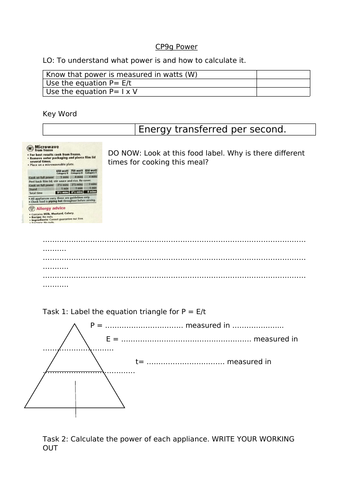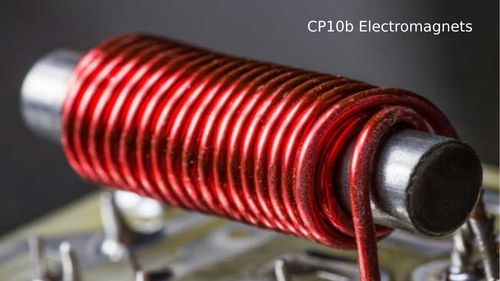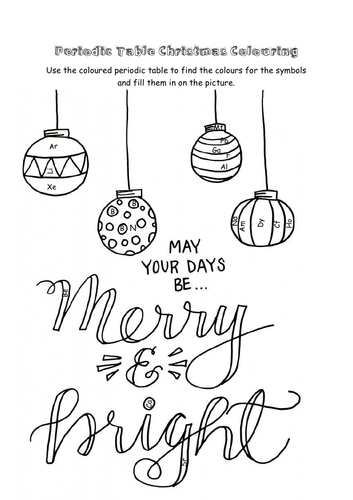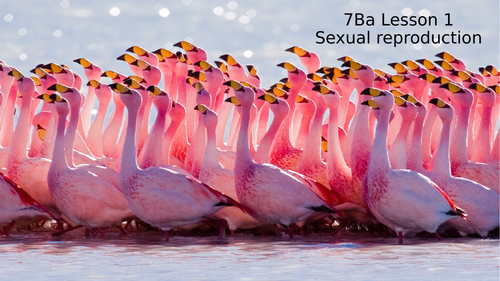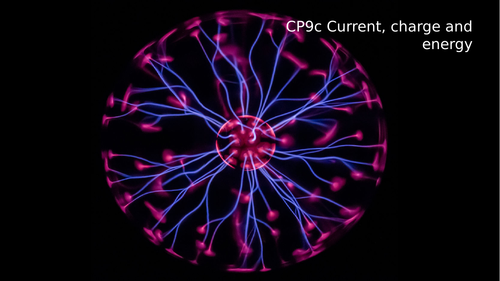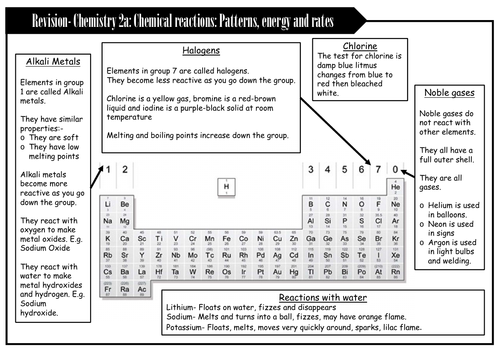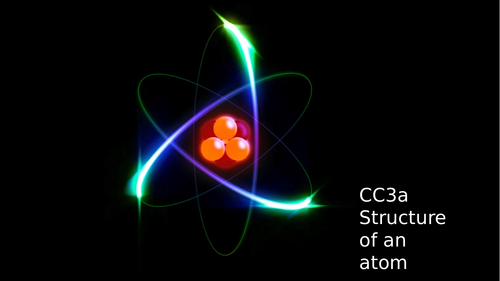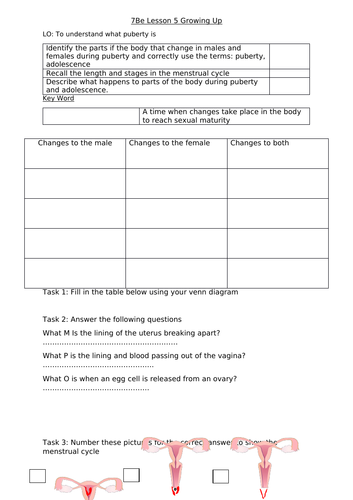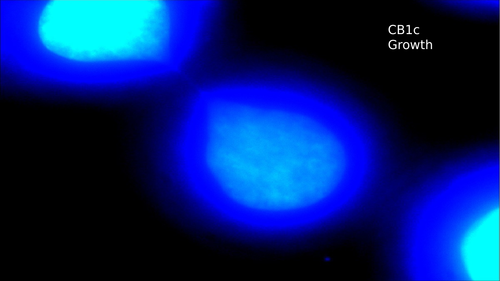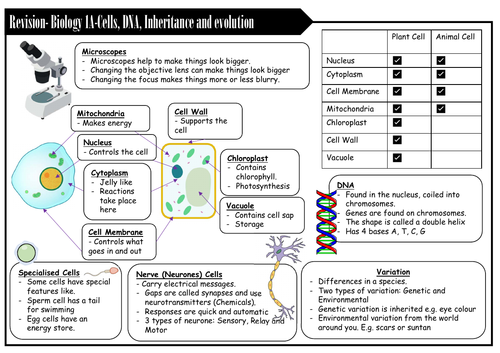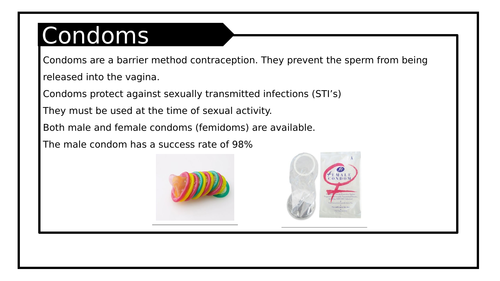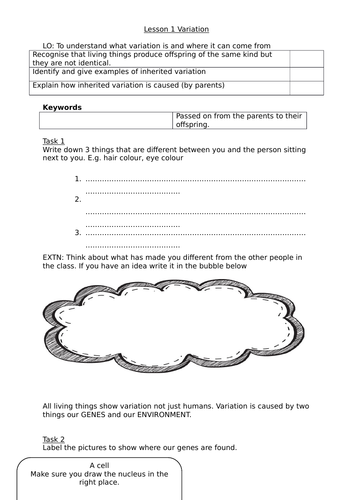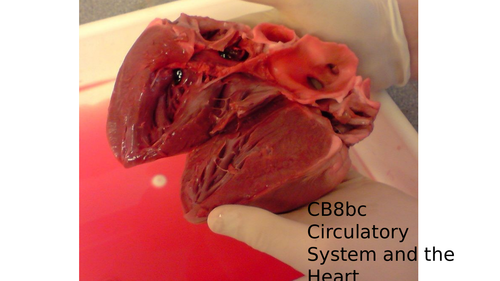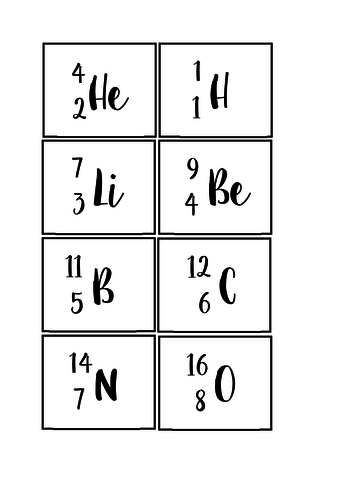127Uploads
54k+Views
16k+Downloads
All resources

CP9g Power (EDEXCEL GCSE 2016)
Follows Edexcel 9-1 Combined Science GCSE / Entry level PowerPoint and worksheets for calculating power including P = E/t and P = I x V also touches in using resistance to calculate power.
Includes differentiated worksheets.
Made for SEN students but easily adapted.

7B Reproduction: 7Bb Reproductive Organs from Exploring Science
PowerPoint and worksheet made for SEN/Lower ability students for unit 7B Reproduction following the Exploring Science scheme of work. Looks at the male and female reproductive system including a matching activity.

CP10b Electromagnets EDEXCEL 2016 with ELC
Follows Edexcel 9-1 Combined Science GCSE / Entry level PowerPoint and worksheets for electromagnets. Includes investigation into making a simple electromagnet to pick up paper clips.
Includes differentiated worksheets.
Made for SEN students but easily adapted.

Science Christmas colouring activity with Periodic table vol. 2
Christmas colouring activity using symbols from the periodic table to colour in different parts.
4 different colouring pictures with coloured periodic table.

7B Reproduction: 7Aa Sexual reproduction from Exploring Science
PowerPoint and worksheet made for SEN/Lower ability students for unit 7B Reproduction following the Exploring Science scheme of work. Looks the importance of understand reproduction in the context of zoos and the difference between internal and external fertilisation.

CP9c Current, Charge and Energy (EDEXCEL GCSE)
Follows Edexcel 9-1 Combined Science GCSE / Entry level PowerPoint and worksheet for lesson calculating current, charge and energy. First talks about what charge is and it’s units and then has some simple practice questions in the PowerPoint that students can do as a class and a worksheet they can work through.

CP9d Resistance (EDEXCEL GCSE / ELC P3b)
Follows Edexcel 9-1 Combined Science GCSE / Entry level PowerPoint and worksheets for resistance including instructions for core practical looking at resistance in parallel and series circuits as well as calculating resistance.
Two worksheets one for GCSE and one for lower ability/Entry level certificate
Made for SEN but easily adapted.

9Ie More Machines Exploring science (Pulleys, ramps and work done)
Lesson about simple machines including pulleys and ramps following the exploring science scheme of work (9Ie)
Includes PowerPoint and differentiated worksheet with demo of pulleys and investigation into moving something up a ramp
Made for lower ability students but easily adapted.

9Je Electromagnets (Exploring Science 9J Electricity and Magnetism)
PowerPoint and worksheet made for SEN/Lower ability students for unit 9J Electricity and Magnetism following the Exploring Science scheme of work. Looks at electromagnets including an investigation into picking up paperclips, uses of electromagnets (MRI scanners and Maglev trains) and the Motor effect.
Also includes a card sort activity adapted from Exploring Science.
Can be easily adapted.

CC13-15 Revision / Further ELC 2A Chemical reactions, patterns, energy and rates.
Double sided revision card and questions made for the EDEXCEL further entry level end of unit test for unit 2A Chemical reactions, patterns, energy and rates. Also covers the basics for CC13-15 from the 9-1 GCSE about endothermic and exothermic reactions, rates of reactions and the groups of the periodic table.
Worksheet has 25 revision questions which students should be able to answer using the card.

CC3a Atomic Structure
Follows Edexcel 9-1 Combined Science Entry/GCSE PowerPoint about atomic structure. It looks at the particles found in atoms, some of their properties and includes a crafty build an atom activity. Also included is a very simple worksheet made for SEN students but easily adapted for higher ability.

7B Reproduction: 7Be Growing Up from Exploring science
PowerPoint and worksheet made for SEN/Lower ability students for unit 7B Reproduction following the Exploring Science scheme of work.
Looks at Puberty and the Menstrual cycle including making a bracelet activity.

B1c Growth and Mitosis GCSE with ELC 2016
Made for the EDEXCEL Combined GCSE with Entry level content. Matches the Pearson textbook for the Entry level. Third lesson looking at mitosis and growth.
Made for SEN students/lower ability, can be easily adapted.
Includes simple worksheet and matching activity

EDEXCEL ELC (2016) Biology 1A- Cells, genetics, inheritance and modification Revision
Double sided revision card and revision questions made for EDEXCEL entry level certificate. Revision information about cells, genetics and inheritance.
Worksheet with simple questions on to aid revision before the end of unit test.

Contraception (additional lesson for CB7c The menstrual cycle)
Additional lesson made to cover the contraception part of EDEXCEL GCSE Combined science CB7c Contraception.
Includes differentiated worksheet and information cards.

9Ab Inherited Variation
PowerPoint and worksheet made for SEN/Lower ability students for unit 9A Genetics and Evolution following the Exploring Science scheme of work. Looks at where inherited variation comes from. Includes worksheet.

B1b Stem cells and specialised cells ELC
Made for the EDEXCEL Combined GCSE with Entry level content. Matches the Pearson textbook for the Entry level. Second lesson looking at specialised cells and stem cells.
Made for SEN students/lower ability, can be easily adapted.
Includes simple worksheet.

CB8b CB8c The Circulatory system and the Heart (EDEXCEL GCSE 2016)
Follows the EDEXCEL 9-1 Combined science GCSE with entry level content.
Covers blood composition, the circulatory system and the heart.
Includes differentiated worksheets
Blood information cards
PowerPoint
Made for SEN students but easily adaptable

CC3c Isotopes
Follows Edexcel 9-1 Combined Science GCSE PowerPoint about Isotopes. It includes practicing working out protons, neutrons and electrons, what isotopes are with examples and Relative atomic mass.
Made for SEN/lower ability students but easily adapted.
Includes simple worksheet.

Atomic structure electron configuration task
A task to help students visualise the atomic structure and electron configuration of the first 18 elements in the periodic table.
Designed for SEN/lower ability students doing the GCSE or Entry level.
Made using an atom building kit, there are three different tasks one involving counting the electrons/protons/neutrons and working out the mass number and atomic number, second using the element cards to build the atom using the blank atomic structure card and the third to match the element cards and pictures of the atoms.

